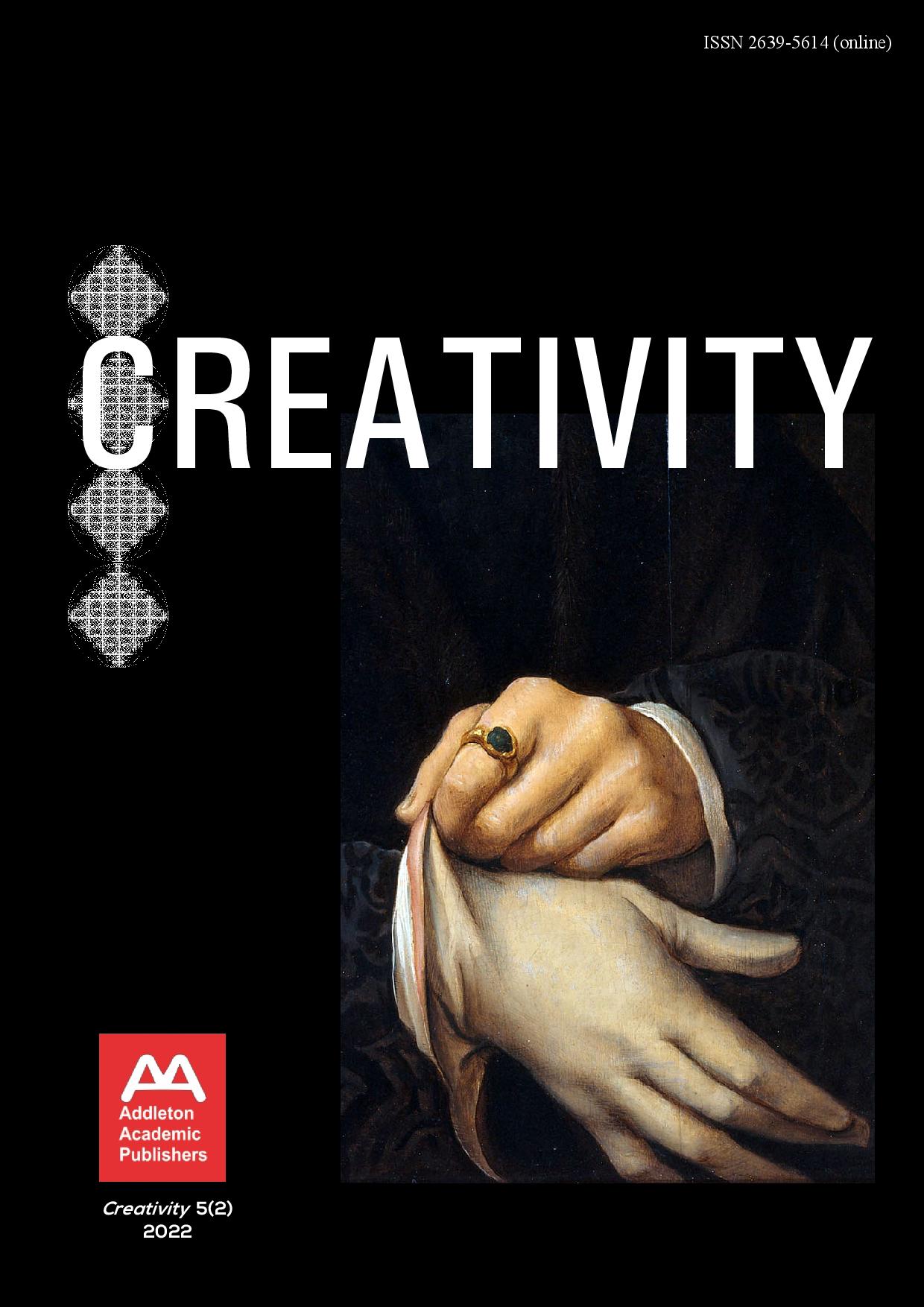How to believe in Destiny: aspects of dislocation in George R. R. Martin’s A game of thrones
How to believe in Destiny: aspects of dislocation in George R. R. Martin’s A game of thrones
Author(s): Loredana AsafteiSubject(s): Studies of Literature, American Literature
Published by: Addleton Academic Publishers
Keywords: fantasy; dragons; myth; power; exile; trauma; dislocation; strength; Eliade; Targaryen; Daenerys Stormborn; Jon Snow; fire; blood;
Summary/Abstract: The aim of this paper is to examine the various aspects of character-building (including some supernatural magic powers involved in the process) and how they shaped the identity of two main characters in George R. R. Martin’s A game of thrones (1996; the first book of the fantasy series known as The song of ice and fire). Considering the Campbellian model of the hero’s journey, we will resort to several critical approaches (adopted mainly from the works of Eliade, Baudrillard, Bachelard, Peter Brooks, Jonathan Culler and Daniel Boorstin) in order to find possible interpretations for dislocation and exile, i.e. the two most important types of forceful events that affected the two protagonists, Daenerys Stormborn (the “Princess of Dragonstone”) and Jon Snow (the “bastard and oathbreaker, motherless, friendless, and damned,” the son of the Lord of Winterfell & Warden of the North, Eddard Stark). Considering the resilience and always-moving-forward mentality that shape strong characters in the face of trauma and adversity, we will resort to several scenes in Martin’s fantasy universe to explore and exemplify their moral strength and supernatural power.
Journal: Creativity
- Issue Year: 5/2022
- Issue No: 2
- Page Range: 97-123
- Page Count: 27
- Language: English
- Content File-PDF

